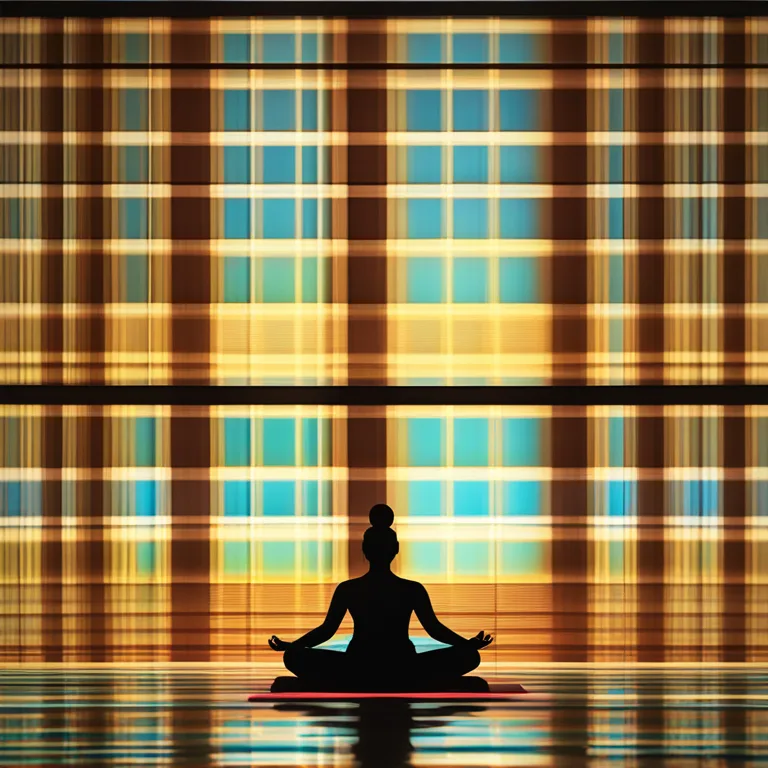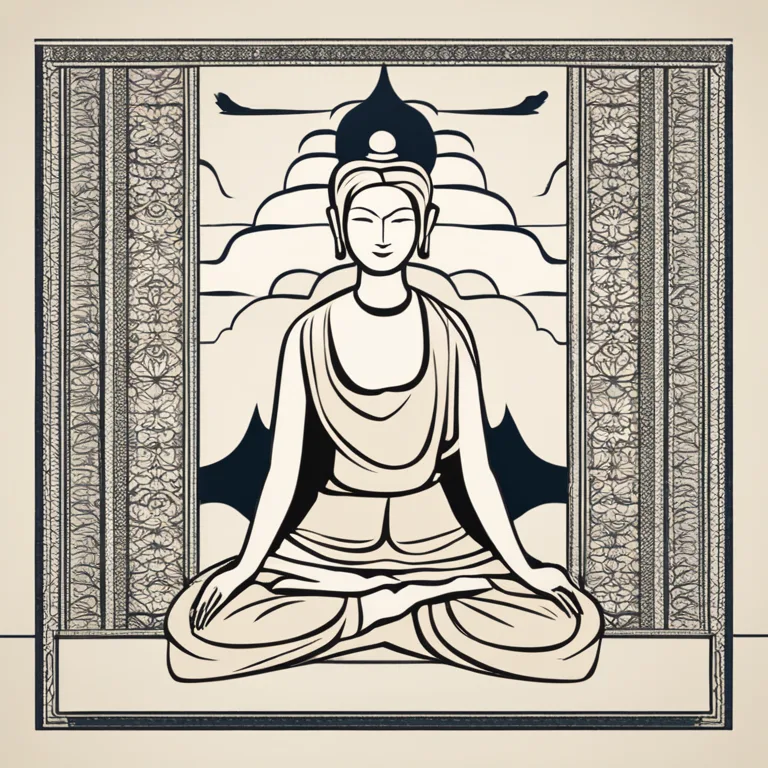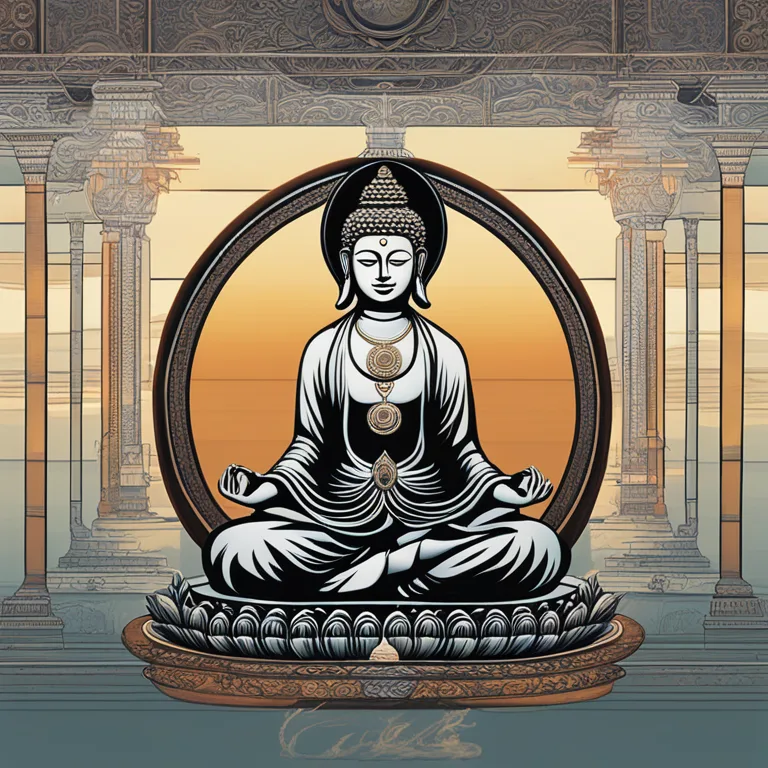
Soothing Anxiety with Meditation
Discover effective meditation techniques to help manage anxiety in this insightful guide.
article by Hina Kurosawa
Meditation: A Path to Peace
In an increasingly hectic world, finding tranquility can seem like a herculean task. Meditation has surged to the forefront as a powerful tool in the war against anxiety. Its time-tested practices promise a safe haven for the mind amidst chaos. This ancient discipline, refined over millennia, offers varied techniques to quell the restless tides of anxiety, catering to diverse preferences and lifestyles. As we delve into some of these methods, we invite you to embark on a journey towards inner serenity, understanding that meditation is not a one-size-fits-all remedy, but rather a personal path of exploration and discovery.

Conscious Breathing Basics
The essence of many meditation practices lies in conscious breathing. This fundamental technique, also known as diaphragmatic or belly breathing, encourages full oxygen exchange and can significantly reduce levels of stress and anxiety. To begin, find a comfortable seated position and focus on breathing slowly, inhaling through the nose for a count of four, holding for a moment, and exhaling through the mouth for a count of five. This not only eases the mind but also creates a rhythm for the body to follow, a simple yet powerful anchor in the practice of calming the restless psyche.

Mindfulness: Living in the Moment
Mindfulness meditation promotes an acute, non-judgmental awareness of the present moment. It teaches practitioners how to observe their thoughts and emotions without getting entangled in them. Mindfulness can be practiced at any time, whether during a formal sitting session or while performing day-to-day activities. The goal is to recognize the ephemeral nature of anxious thoughts and allow them to pass like clouds, dissolving the cycle of anxiety before it can escalate. Incorporating mindfulness into daily routines can lead to substantial reductions in overall anxiety levels.

Body Scan for Tension Relief
The body scan is another powerful meditation technique that combats anxiety by promoting full-body awareness. This practice involves a gradual journey through different parts of the body, paying close attention to sensations, tensions, and areas in need of release. Starting from the toes and moving upwards, acknowledge each region without judgment, giving it permission to relax. By methodically scanning each part of the body, this technique provides a comprehensive aid in identifying and alleviating tension, fostering a state of deep relaxation and mental clarity.

Guided Imagery Escape
Guided Imagery is a meditative practice wherein you visualize calming and picturesque environments, immersing yourself in a sensory-filled mental escape. This can significantly reduce anxiety by occupying the mind with peaceful images, thereby distancing it from distress. Many apps and websites offer an array of guided imagery sessions, focusing on scenes like serene beaches, lush forests, or twinkling stars. This technique is particularly effective for those who find solace in visual stimulations and can be a transformative tool in their anxiety management toolkit.
Mantra Repetition and Focus
Employing mantras—a word, sound, or phrase repeated to aid in concentration—is a classic meditation practice. This technique helps anchor the mind, preventing it from wandering into anxious thoughts. The repetition of a mantra, such as the timeless "Om" or any other personal choice, creates a meditative cadence that calms the nervous system. It can be silently repeated in the mind or vocalized, depending on personal comfort. The rhythmic nature of this practice offers profound psychological comfort, acting as a stabilizing force for those besieged by anxiety.
Progressive Muscle Relaxation
Progressive Muscle Relaxation (PMR) is a technique designed to reduce anxiety by tensing and then relaxing each muscle group in the body. This process not only helps identify areas holding stress but also teaches the difference between tension and relaxation. Usually beginning with the lower extremities and moving upward, it sheds the accumulated physical discomfort associated with anxiety, leading to a tranquil state of mind. PMR can be particularly beneficial for those who experience psychosomatic symptoms due to anxiety.
Published: 12/20/2023
Modified: 12/20/2023
More predictions
Come back here soon to learn more about yourself and your future



